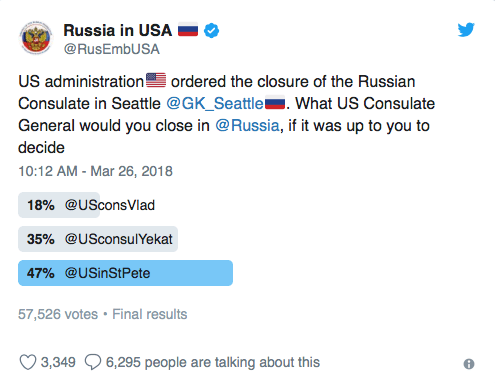As the world watched Facebook hauled before the court of public opinion over the Cambridge Analytica scandal, the sense of outrage has reached a fever pitch. Hunched over his microphone before a U.S. Senate committee, Facebook chief Mark Zuckerberg apologized on April 10 for not doing enough to prevent his platform from being used for harm.
The collection of the personal data of up to 87 million Facebook users, including 622,000 Canadians, by Cambridge Analytica for the purposes of selling influence over voter opinion was a massive breach of public trust.
But in the age of the Internet, is the notion of privacy dead?
Even as big data companies come under increasing scrutiny, Canada is now building its artificial intelligence (AI) ecosystem in earnest. The federal government invested $125 million in a Pan-Canadian Artificial Intelligence Strategy in this year’s budget. Ontario has committed $15 million to fund AI entrepreneurs and start-ups. Quebec is setting up a new $5 million international AI organization to reinforce Montréal’s status as a global AI hub.
These are not insignificant investments in an emerging technology that relies heavily on the mass collection of data. They are important investments, but they face the same challenges as Facebook when it comes to user privacy and the use of predictive models for consumer behaviour.
Given the fallout from the Facebook-Cambridge Analytica scandal, the promise of AI cannot happen without finding a meaningful solution to the issue of privacy — and Canada will not have to venture further than its own backyard for the answer.
Enter, blockchain, a technology most of us know by its first iteration, Bitcoin, a cryptocurrency used by computer geeks, criminals, and now Canadians.
Blockchain is the second wave of Internet innovation, introducing the notion of digital scarcity.
Our current Internet of Information enables people to send copies of information; when you send an email, PDF or Powerpoint, you keep the original and a copy is sent over the web.
Blockchain technology — also known as distributed ledger technology — is an immutable online record book where transactions are encrypted, validated, timestamped, and settled in a matter of minutes. For the first time ever, we are able to send digital value over the Internet.
You can imagine what the profound implications are for a technology that essentially cuts out the middleman. When I send you Bitcoin, there is no bank, credit company, or Paypal needed – just a change in the permanent online record and the transaction is settled. You don’t have to wait 2-3 days for the e-transfer to show up in your bank account; the transaction is instant and secure.
The technology further introduces some interesting dynamics for the notion of user privacy.
Today, the world’s data is stored on centralized servers in physical locations. Data on a blockchain is stored on thousands, if not millions, of computers around the world.
What this means is hacking a blockchain is not like breaking into a house, it’s more like breaking into a whole town.
Blockchain is not only a form of money, but a store of any thing of value, including data. Records like patient data, supply chain management, and even votes can be stored on a blockchain securely. Through encryption, only the user and the person on the other end of the transaction see the data, the rest is simply a note on the ledger that the transaction has occurred and been settled.
Consequently, users are put back in the driver’s seat of their own data. As a user, I have control over my digital identity, choosing how much information I want to share with each new entity that I interact with. There is even a future where the user is paid for their data and not forced to relinquish their data for free to access online services like social networking or instant messaging.
For both blockchain and AI, it’s less important for you or I to understand the mechanics of the underlying technology, but more to understand the many benefits it will bring to society. Most people don’t understand the algorithms that bring them content from their friends and pages on Facebook (although arguably after all that’s happened, maybe they should), but they do enjoy the features that allow them to chat with friends, play games, and stay in the loop on the things they care about most. In short, it allows them to feel more connected to people that they would not otherwise engage on a regular basis.
The benefits of blockchain and AI together should be complementary and perhaps inextricable. Blockchain provides a level of trust, transparency, and training that the AI black box is sorely lacking. AI could help blockchain overcome its scalability and sustainability challenges in terms of its high energy consumption and settlement rates. At the end of the day, consumers are the real winners if we take the same level of care in cultivating both the AI and blockchain ecosystems in Canada.
So governments take note: a world of big data and AI will need the decentralized future offered by blockchain.
Views expressed are those of the author and may not necessarily represent those of Navigator or its affiliates.




